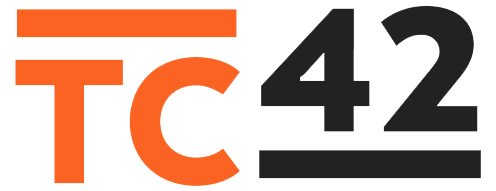The role of digital twins in business transformation and operational excellence

A digital twin can help provide end-to-end transparency on all sides of an organization to key stakeholders and overcome unexpected challenges
Within their context, Industry 4.0 and the Internet of Things (IoT) have recognized the concept and metaphor of a “digital twin”, first attributed to Michael Grieves in 2002, for some time. It refers to a digital representation of physical assets, systems and devices that can include wind turbines, aircrafts, power plants and smartphones.
In industry, this is used to plan, test and optimize systems, but also to train employees in their use. In production-related industries, this is used to plan, test and optimize systems, but also to train employees in their use. A digital twin can also be linked to real-time information for a holistic view of the system. Typical applications include asset monitoring, predictive maintenance and virtual simulations to optimize system performance by changing parameters such as temperatures, pressure or energy consumption.


What is an Enterprise management system?
This concept has been applied as a digital twin of an organization (DTO), as outlined by Gartner, to organizational units, cities (for example, there is a digital twin of Singapore), or even countries and companies.
The term enterprise management system (EMS) is often used synonymously. The DTO is the basis for a holistic approach that allows various scenarios for change to be run through before being implemented. According to estimates by the market research institute IDC, digital transformation spending has reached US$2.3 tn by 2023. Against this backdrop, a DTO is central for planning successful changes on a strategic and operational level in a company.
What are the characteristics of a DTO/EMS and what is it used for? A DTO is a software-based representation of an organization. It includes knowledge of the key interdependencies between the business assets such as products, business operations and resources, and is supplied with operational data and contextual information.
…
full version, originally published on 10/29/2021, The role of digital twins in business transformation and operational excellence (processexcellencenetwork.com)
more Articles
AI-Driven Process Management Through OpenAI’s Five Levels
In today's complex and ever-changing market landscape, the integration of artificial intelligence (AI) into...
Chart your path to operational excellence success
Understand the biggest OPEX trends including consumer driven business, organizational resiliency and...
Optimizing business processes beyond an organization’s four walls
Why process management needs to encompass the entire supply chain and distribution ecosystem“The supply...



